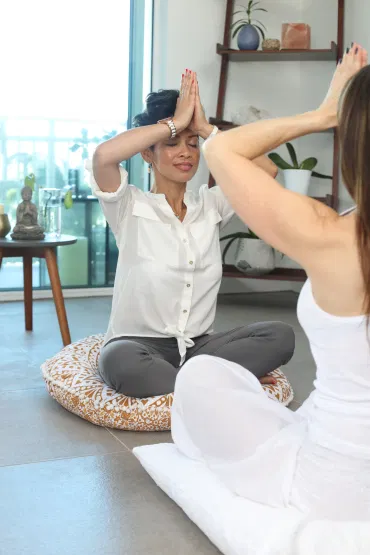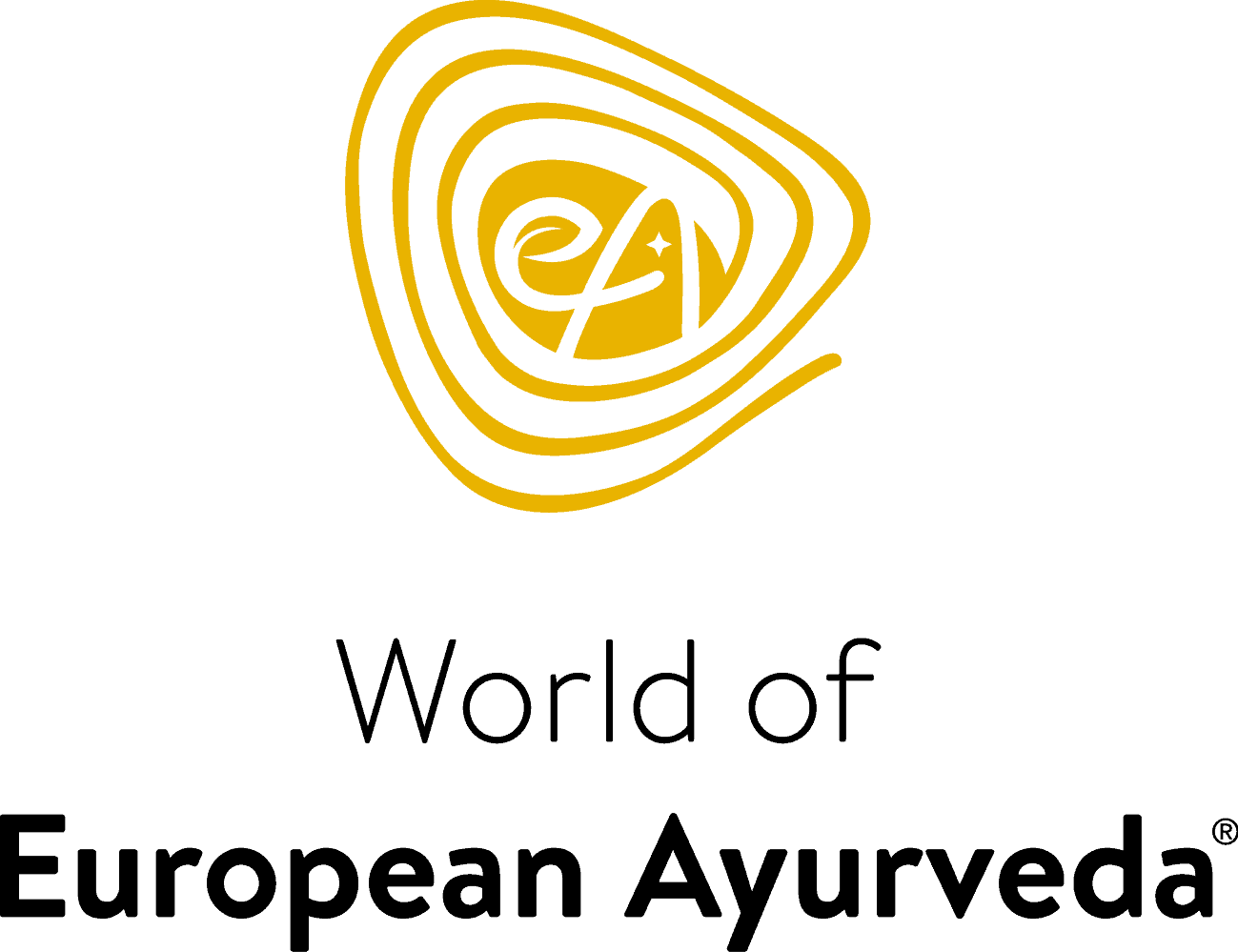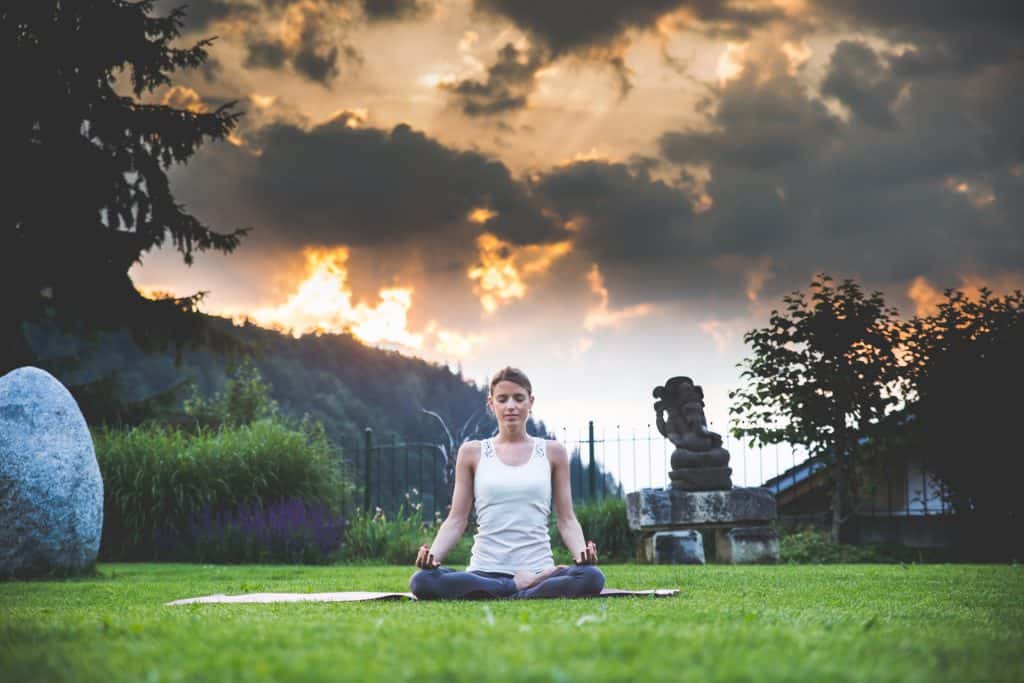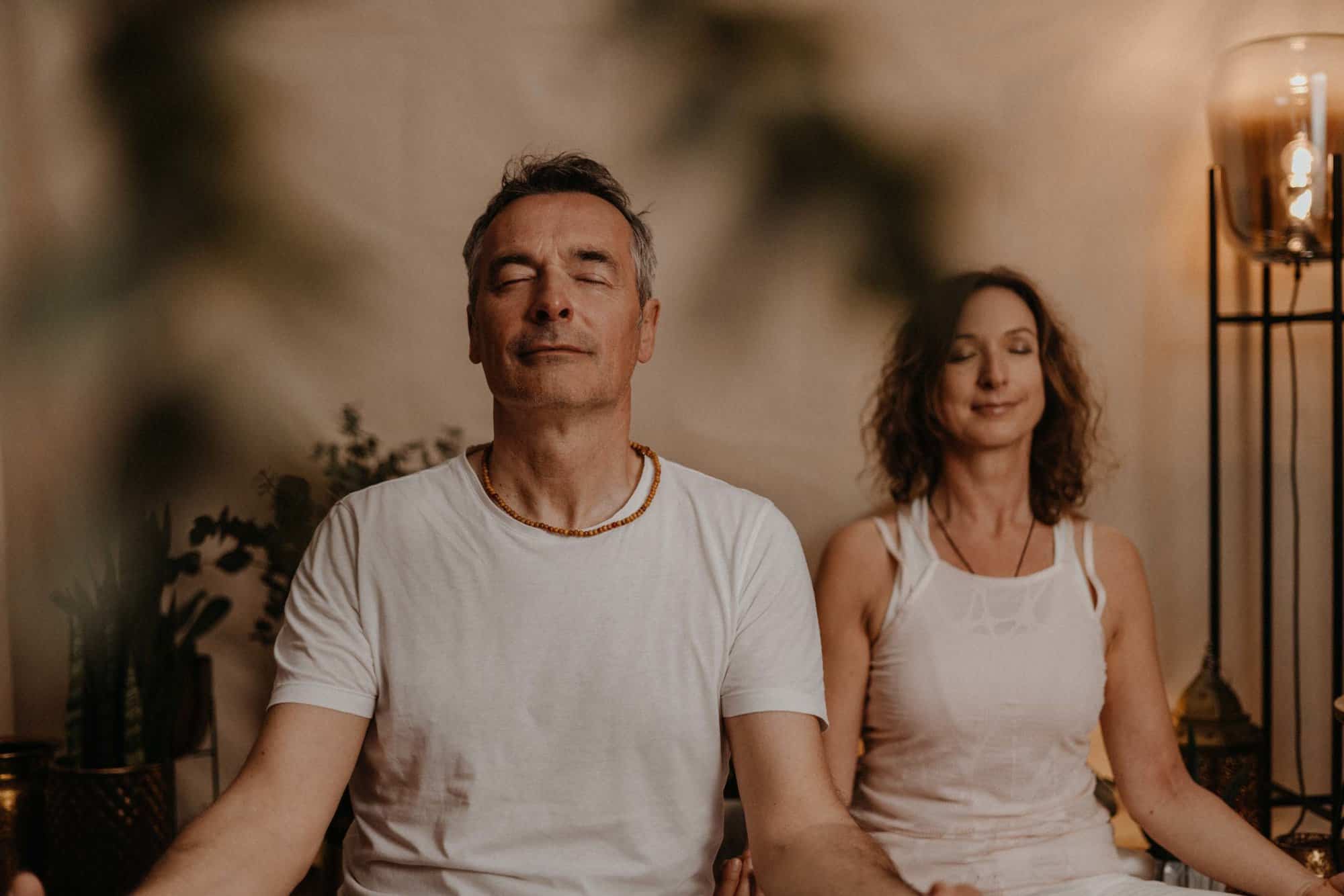Contemplating and discovering the inner worlds is probably almost as old as humanity. It is about finding the inner nature of things and thus the unity with oneself and the environment - according to the actual meaning of 'esotericism' (from the ancient Greek esōterikós), 'inward, belonging to the inner realm'. And since no master falls from the sky, and certainly no meditation master, anyone can learn meditation. With a little willpower and perseverance, you can make your meditation practice a routine and find balance with your inner self and your environment.
What does it mean to meditate?
The Western term 'meditation' is derived from the Latin meditārī (i.e. 'to think about, ponder, prepare for'). Similar practices were developed independently of each other in the most diverse cultural circles. For example, there are old European-Christian as well as Far Eastern meditation techniques.
Meditation is a state beyond thinking.1
In essence, the point of any meditation direction is to come to rest, to throw off ballast and to discover what lies beneath the ballast. In the best case, one discovers the connection to oneself and the environment and the realisation that everything forms a unity. Especially rushing from one appointment to the next and today's flood of information can be such ballast.
Your first meditation practice
Meditating is really quite simple, just don't expect too much.
- Choose a place that seems suitable for you to come to rest. It should be clean and tidy, there should be no disturbing noises, it should not be too cold or too warm and there should generally be a nice atmosphere.
- Take a pillow, blanket, seat cushion or simply a chair and make yourself comfortable. Your legs should not fall asleep, nothing should hurt, your spine should be straight and your head should be up. Do not tense up and find a relaxed position in which you can imagine being able to remain for several minutes.
- Set an alarm clock for 10 minutes. You can also try 5 minutes at the beginning. It doesn't matter. Meditation has nothing to do with compulsion or pressure to succeed. Whatever you can do is good. What you don't manage is also good.
- Now breathe deeply into your abdomen. Observe only the breath and how it flows through your body. Feel it on your nostrils or on your lips.
- When thoughts come, just let them pass. Imagine thinking an uninteresting TV programme that you don't want to watch anyway and just keep zapping. The only TV programme that interests you now is your breath.
Find and learn the right meditation
As already mentioned, a wide variety of meditation techniques have developed over time, each taking different paths to calm and unity. We would like to describe some of them to you very briefly, because once you get an initial idea, it is easier to choose your favourite technique afterwards.
Meditations with a focus on stillness, mindfulness and insight
This branch of meditation is the one that is best known. In general, it is a matter of first throwing off ballast by consciously leaving out stimuli. Thoughts are let go and thus the mind and also the body are 'slimmed down' from all movements that could burden it.
Buddhist meditation traditions

Meditation and mindfulness practice are central to Buddhism. Vipassana, for example, means "insight" into things as they really are, and the corresponding meditation tries to find this in various ways. The well-known Zen meditation is also part of Buddhism and - to put it simply - leads to the experience of absolute stillness.
Christian Meditation Techniques
Who would have thought it? The Western Christian tradition has also practised meditation. In the Middle Ages, for example, there were the 4 pillars lectio (mindful reading), meditatio (object-free contemplation), oratio (prayer) and contemplatio (objective contemplation). Today, for example, one still finds the heart prayer, which is practically also based on a mantra and the regulation of breathing.
Hindu or Vedic tradition
We have this current to thank for the various directions of yoga. We know some of these directions from yoga classes, where the body is strengthened, cleansed and connected to the mind with various asanas (i.e. body postures). Other yoga components, such as dhyana or jnana yoga, are more focused on mental exercise.
Active or dynamic meditation
Interestingly, meditation is not only about sitting still. Unity with the body and the environment and simultaneous detachment from the 'I' can also be achieved through moving exercises.
Take Qi Gong, for example. This practice is one of the 5 pillars of traditional Chinese medicine and consists of various, mostly flowing movements that stimulate the so-called energy gates and meridians so that the body's energy Qi is no longer blocked.
Laughter meditation according to Osho
When you wake up in the morning, stretch every fibre of your body, for about 3 or 4 minutes. Keep your eyes closed and when a few minutes have passed, start laughing. At first you may have to force yourself to laugh and find it absurd, but that is exactly what it is. Laugh at the absurdity of the situation.
The first thing you should do in the morning is laugh,
because that will determine the course
and mood of the whole day.1
The eyes always remain closed. Lose yourself completely in laughter. Laugh at yourself, at everything that seems ridiculous in life. Let your worries and frustrations seem ridiculous. At some point you may come to a point where you observe yourself laughing, so to speak.
After a few days, this laughter will become natural and you can start the day with a whole new feeling.
For a good finish
Meditation is much more versatile than one might think, and yet a large part of the techniques have the same effect: to throw off the useless heaviness of everyday life and to create clarity and unity with the things that are essential. Especially for beginners, it seems important to know that this must never have anything to do with compulsion or success, because that only creates new ballast.
However you do it: We wish you much pleasure with your found inner centre and balance.
1Osho(142008). The Orange Book: The Osho Meditations for the 21st Century. Cologne: Innenwelten Verlag.





